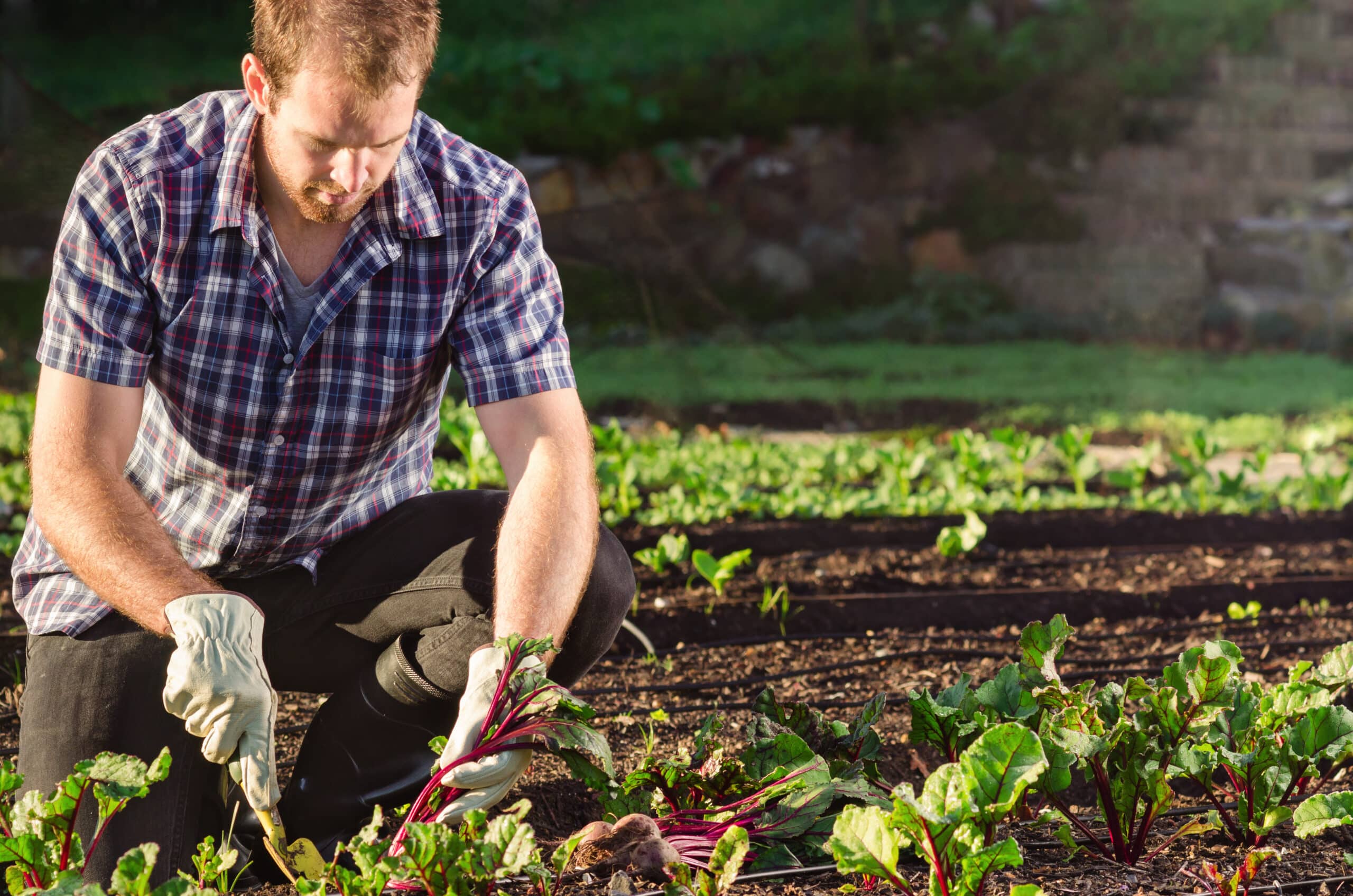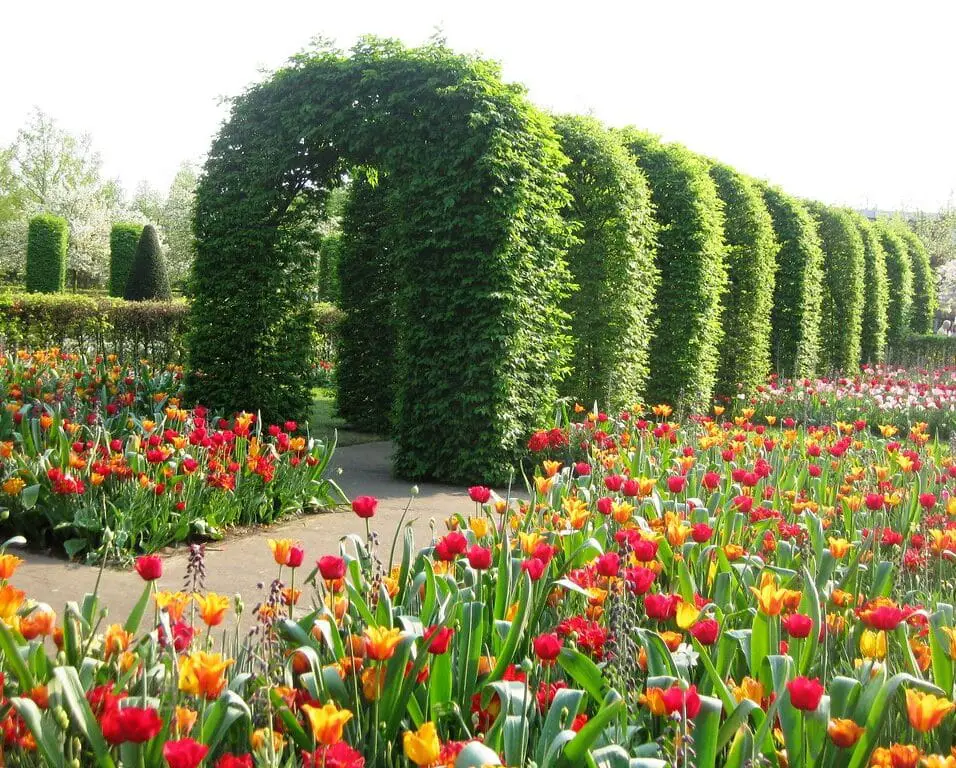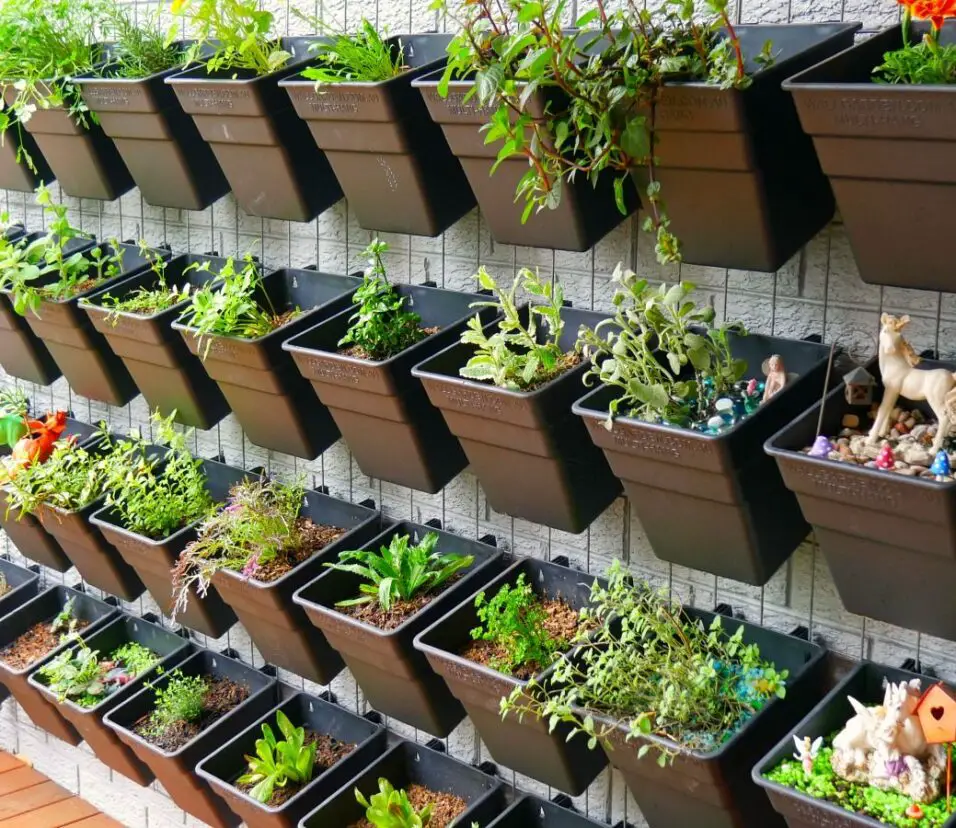What Is Commercial Gardening
Introduction
What Is Commercial Gardening: Commercial gardening, a dynamic and essential facet of the horticultural industry, encompasses a diverse array of practices aimed at cultivating and nurturing plants for profit, aesthetic appeal, and functional purposes. It stands at the intersection of artistry, science, and business, where the principles of agriculture meld with innovative techniques to yield bountiful landscapes and thriving greenery. Unlike traditional gardening pursued as a hobby, commercial gardening is characterized by its scale, scope, and the overarching goal of generating economic value.
Drawing on a deep-rooted understanding of plant biology, soil science, and pest management, commercial busch gardeners employ advanced techniques to optimize growth, maximize yields, and maintain the health and vitality of their cultivated greenery. Furthermore, in an era marked by environmental consciousness, sustainable practices are increasingly central to the realm of commercial gardening, as practitioners strive to strike a harmonious balance between their cultivation endeavors and the preservation of natural ecosystems.
A glimpse into the multifaceted world of commercial gardening, where cultivation prowess meets business acumen to cultivate not only plants but also thriving enterprises and captivating environments.

Where is commercial gardening most common?
Citrus-growing Arizona, California, and Florida are where commercial gardening is most common. These places use it most, although Americans use it nationwide.
Commercial gardening is most widespread in cities and suburbs because people seek green spaces, beautiful landscaping, and fresh food, as well as economic prospects. Cities around the world employ corporate gardening to green their concrete jungles and make them more sustainable and liveable. Large public parks and botanical gardens provide a reprieve from city life, while manicured corporate campuses boost worker health and happiness. Cities are ideal for business gardening.
Many commercial gardens grow a variety of vegetables for the market in suitable farming and weather zones. These places can grow fruits, vegetables, herbs, and flowers due to their shape. Commercial gardens in tourist destinations showcase lush gardens and professionally planned settings to lure visitors seeking tranquility and beauty. Commercial gardening thrives where people’s needs, environmental concerns, and business opportunities meet. This creates lush greenery and profitable businesses.
What is an example of commercial horticulture?
Melons, vegetables, fruits, nuts, berries, mint, floriculture, and their seed industries, including landscape ornamental production, make up commercial horticulture.
Commercial horticulture includes greenhouse tomato production. Greenhouses are used to optimize tomato plant growth in this approach. The greenhouse regulates temperature, humidity, light exposure, and air composition, prolonging the growing season and increasing output. Precision-driven farming allows year-round production, constant crop quality, and low pesticide and fertilizer use. The tomatoes produced are numerous and meet market grade criteria.
This commercial horticulture example shows how technology, innovation, and careful management satisfy customer expectations sustainably. This strategy benefits growers economically and improves fresh product supply, especially in places with harsh climates or little arable land.
What is the meaning of gardening in B Ed?
Gardening is the preparation and upkeep of land for growing herbs, shrubs, flowers, and vegetables.
B.Ed. programs use “gardening” in a more nuanced sense than just growing plants. Like a gardener tends to plants, “gardening” is used metaphorically to describe the fostering and development of young minds in education. This emphasizes educators’ role in developing students’ intellectual, emotional, social, and physical growth.
The B.Ed. curriculum may define “gardening” as pedagogical approaches that foster learning and growth. Just like a gardener nurtures plants, educators develop classrooms and instructional methods that foster active involvement, critical thinking, creativity, and a love of learning. “Gardening” means developing skills, knowledge, values, and attitudes that help pupils succeed in life.
B.Ed. programs may also stress meeting multiple learning demands, like a gardener who caters to different plants. Recognition and accommodation of students’ abilities, interests, and learning styles ensures that each student receives the support they need to succeed. In B.Ed., “gardening” refers to educators’ fostering, shaping, and coaching of well-rounded, empowered students.
What is the meaning of commercial farming?
Commercial crop cultivation is agribusiness. Profitable farming involves raising crops and cattle for sale. Large commercial farms demand substantial capital investments.
Commercial farming prioritizes efficiency, productivity, and profit. Mechanization, sophisticated farming methods, and technology help maximize productivity and save costs. Specialized machinery, irrigation systems, genetically engineered crops, and precision agriculture can optimize productivity and minimize waste.
Commercial farming can range from family-owned businesses to enormous agribusinesses with vast land holdings. Commercial farming produces grains, vegetables, fruits, meat, dairy, and fiber. Market developments, consumer tastes, and global demand strongly influence crop and livestock selection.
Commercial farming’s importance goes beyond economics. It ensures food security, boosts the economy, and helps rural people. As the balance between profit and ecological well-being is examined and modified, it raises crucial questions regarding sustainability, environmental impact, and responsible resource management.
What is the primary focus of commercial gardening?
Commercial gardens use advanced farming methods to maximize growth, productivity, and quality. Nurturing plants for their beauty and meeting consumer demand for fresh vegetables, floral arrangements, and landscaping materials are priorities.
Commercial gardeners evaluate market trends, consumer preferences, and seasonal needs when choosing crops. They base their selections on horticulture, marketing, and economics. Successful commercial gardening depends on producing consistent, high-quality goods that meet or surpass market standards.
The goal of commercial gardening goes beyond aesthetics and personal happiness. It involves growing nature’s abundance, encouraging entrepreneurship, supporting local economies, and satisfying consumers’ different horticulture product demands.
How does commercial gardening differ from traditional hobby gardening?
Commercial and recreational gardening have different goals, scale, practices, and motives.
First, their main objectives differ greatly. Commercial gardening focuses on profit from plant cultivation. Traditional hobby gardening is done for fun, relaxation, and plant care, not profit.
The scale of operation distinguishes them. Commercial gardening uses greater areas, specialized equipment, sophisticated techniques, and efficiency to increase production. Hobby gardening is more intimate and hands-on, with smaller plots or backyard gardens.
Thirdly, methods vary greatly. Modern technologies, precision agriculture, and genetically engineered crops let commercial gardeners maximize growth, reduce costs, and deliver market-ready products. Hobby gardeners focus on individual plants and experiment with different types for personal delight.
Finally, each undertaking has different motives. Commercial gardening meets market needs and maximizes profits. But traditional hobby gardening is based on passion, creativity, and the healing power of nature.
What are the key objectives of commercial gardening beyond aesthetic appeal?
Beyond aesthetics, commercial gardening has economic, utilitarian, and social goals. A major goal is to produce fresh, high-quality agricultural products for the market. Commercial gardens grow fruits, vegetables, herbs, and other food supply chain crops to fulfill consumer and merchant needs.
Improved urban and green spaces are also important. Urban landscapes are made more livable and attractive by commercial gardens in public spaces, corporate campuses, and residential complexes. Relaxation and nature connection can improve mental health and well-being.
Commercial gardening also creates jobs. The upkeep, cultivation, and management of commercial gardens require professional horticulturists, agronomists, and laborers, creating local jobs and economic development. Commercial gardening is also promoting sustainability.
Commercial gardening aims to provide food, improve urban landscapes, create jobs, and use sustainable practices. These diverse objectives demonstrate commercial gardening’s economic and social importance.
In what types of locations is commercial gardening most commonly practiced?
Commercial gardening finds its most common and prominent presence in a diverse array of locations that range from urban centers to rural landscapes. Urban environments provide a significant platform for commercial gardening, as the demand for green spaces, beautification, and locally sourced produce continues to rise. Parks, public gardens, and corporate campuses often integrate commercial gardening to create visually appealing landscapes that offer both aesthetic and functional benefits to residents, employees, and visitors.
In addition, agricultural regions with favorable climates are hubs for large-scale commercial gardening operations. These areas leverage their conducive environmental conditions to cultivate a variety of crops, including grains, fruits, vegetables, and specialty products. The proximity to markets and distribution networks enhances the economic viability of these endeavors.
Commercial gardening thrives in tourism-centric locales, where ornamental gardens and lush landscapes serve as attractions for visitors seeking tranquility and visual delight. Such gardens can become significant revenue sources for local economies, bolstering the hospitality and tourism sectors.
Commercial gardening flourishes in urban spaces for beautification, in agricultural regions for agricultural production, and in tourist destinations for their appeal to visitors. This diverse range of locations reflects the adaptability and relevance of commercial gardening across various contexts and underscores its role in shaping both urban and rural environments.

Conclusion
Commercial gardening is a vibrant and multifaceted domain that transcends the traditional notions of gardening. It is a strategic fusion of horticulture, business acumen, and environmental consciousness, where the cultivation of plants goes beyond aesthetics to encompass economic viability, sustainable practices, and societal impact.
At its core, commercial gardening is a dynamic response to the evolving demands of urbanization, market economies, and environmental concerns. It thrives in a range of locations, from urban landscapes to agricultural heartlands, leaving an indelible mark on both the aesthetics and functionality of these spaces. It provides not only visual appeal but also contributes significantly to the food supply chain, enhances urban environments, and offers employment opportunities.
Moreover, the trajectory of commercial gardening is increasingly shaped by the principles of sustainability. As society’s awareness of ecological impact grows, commercial gardeners are embracing innovative techniques that harmonize their activities with nature, promoting responsible land use, resource management, and biodiversity preservation.
In essence, commercial gardening embodies the synergy between human ingenuity, cultivation prowess, and the innate beauty of the natural world. It stands as a testament to the profound interconnectedness between economic progress, environmental stewardship, and the aesthetic enrichment of our surroundings. As this field continues to evolve, its impact on our landscapes, markets, and collective well-being remains a testament to the power of nurturing both nature and enterprise.








